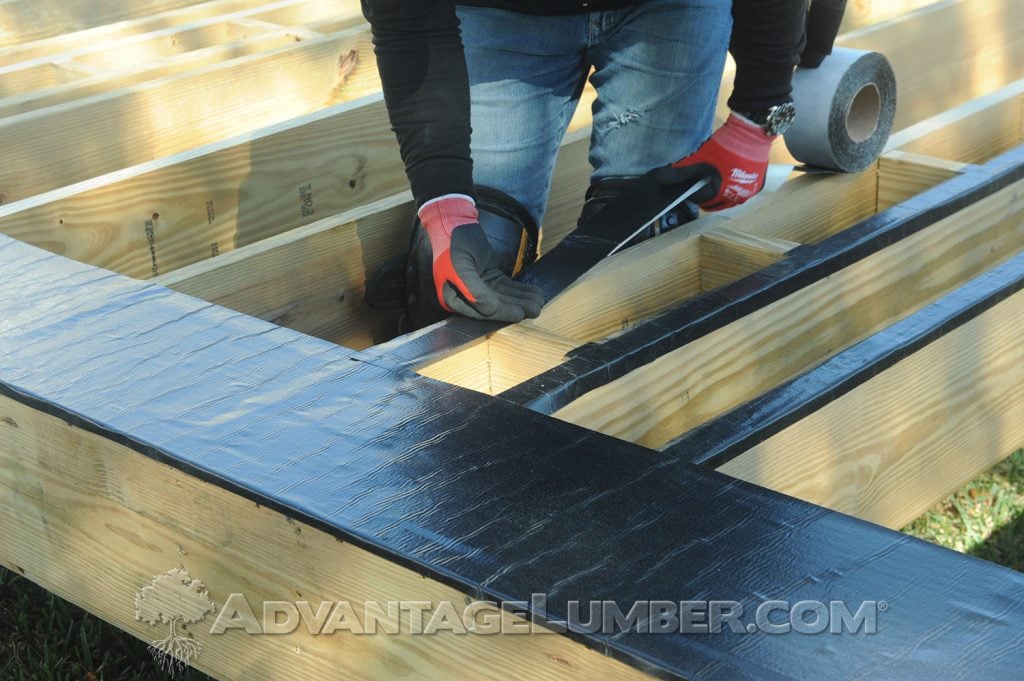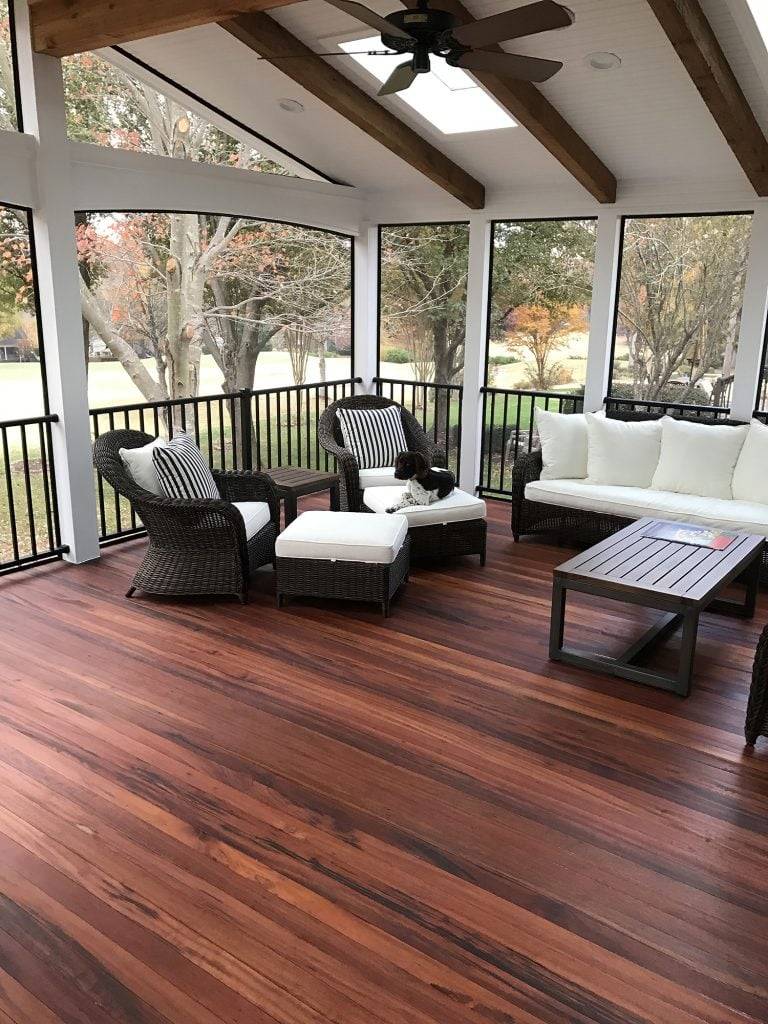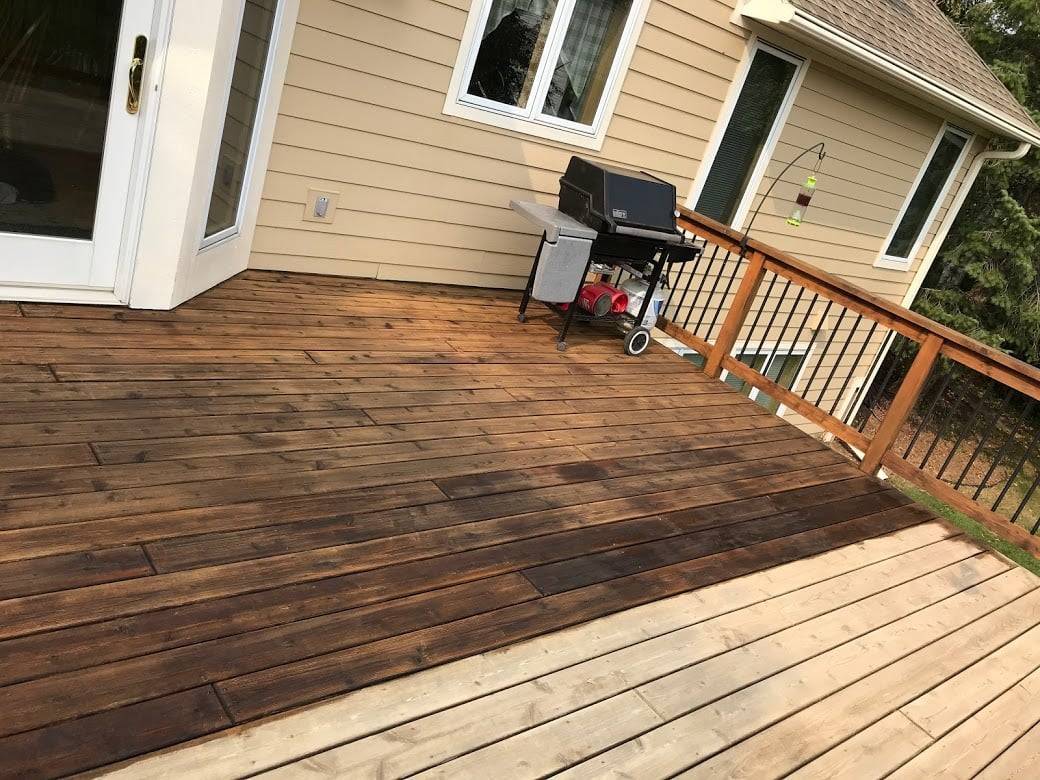Choosing the right materials is crucial when planning or renovating outdoor living spaces, especially for decking. Pressure-treated wood has long been favored for its durability and resistance to rot, insects, and other environmental stressors.
However, the expected lifespan of a pressure-treated wood deck can vary, influenced by factors such as climate, maintenance, wood quality, and installation practices. Additionally, changes in wood treatment processes, particularly the shift from Chromated Copper Arsenate (CCA) treated wood to newer, safer alternatives, have impacted the longevity and environmental impact of these structures.
Lifespan of Pressure-Treated Wood Decks
A well-maintained pressure-treated wood deck can last between 15 to 20 years. The key to extending a deck’s lifespan includes regular maintenance tasks such as cleaning, staining, and sealing, which protect the wood from moisture, UV damage, and wear.
The Transition from CCA Treated Wood
Historically, CCA was the go-to preservative for pressure-treated wood, credited with extending deck lifespans upwards of 30 years due to its robust protection against decay and pests. However, due to concerns over arsenic leaching and its potential health and environmental risks, the use of CCA in residential applications was phased out in 2003. This move prompted the industry to seek safer, alternative treatments.
Newer Pressure-Treated Wood Generations
With the phase-out of CCA, alternatives like Alkaline Copper Quaternary (ACQ) and Copper Azole (CA) have become popular. These treatments use copper as a fungicide and insecticide but exclude arsenic, making them safer for residential use.
These newer treatments are showing signs the wood does not last as long compared to CCA-treated wood. As a leading seller of hardwood decking with species like Ipe proven to last up to 75 years we have received many calls from homeowners whose pressure treated wood framing has started to rot.
We’ve noticed a pattern of homeowners with 10 – 15 year old Ipe decks where their Ipe decking is still like new but the pressure treated framing has started to rot. The decking materials made of pressure treated can sometimes start rotting just as fast.
There are ways you can prolong the lifespan and if you do build a deck with pressure treated framing and or decking you should definitely utilize some of these practices to prolong the life of your wood.
Use Deck Joist Tape
Deck joist tape is applied to the top of your joist before installing your deck boards. It adds a durable waterproof membrane between the top of your joists and the underside of your deck boards. Moisture is often trapped in between the top of the joist and deck board and this area see little to no sunlight and air movement so it stay wet for prolonged time frames and this is one of the first areas you will see rot forming. We recommend using DeckWise Joist Tape as shown below.

Tigerwood Decking: A Top Alternative to Pressure-Treated Wood
For those considering alternatives to pressure-treated wood, Tigerwood decking stands out as a premier choice. Known for its striking appearance and excellent durability, Tigerwood offers several benefits:
- Aesthetic Appeal: Tigerwood features a rich, deep reddish-brown color with complex grain patterns that can dramatically enhance the look of any outdoor space.
- Durability: It is naturally resistant to rot, decay, and insect attacks, making it a long-lasting option for decking.
- Low Maintenance: Unlike some other wood options, Tigerwood requires minimal maintenance to maintain its beauty and integrity over time.
- Strength: Tigerwood is incredibly strong and dense, which helps it resist scratches, dents, and other forms of wear and tear.
- Lifespan: Tigerwood is known to last 30+ years.

Conclusion
The expected lifespan of a pressure-treated wood deck can significantly vary, with factors like maintenance and environmental conditions playing critical roles. The shift from CCA-treated wood to newer, safer alternatives has also influenced perceptions of longevity and safety. For those looking beyond pressure-treated options, Tigerwood decking offers a compelling combination of beauty, durability, and resistance to environmental factors. Regardless of the material choice, regular care and maintenance are key to ensuring any deck remains a safe and enjoyable part of your home for years to come.
